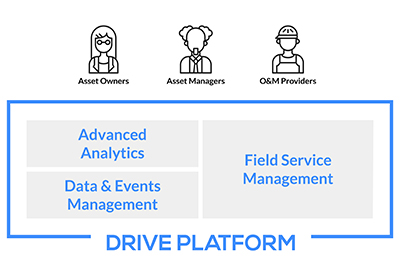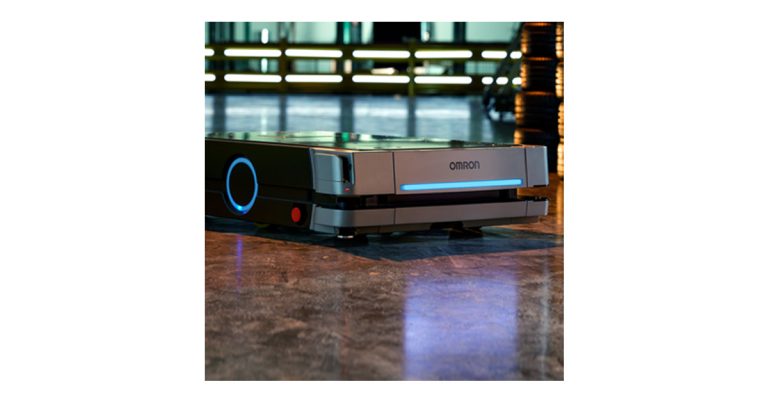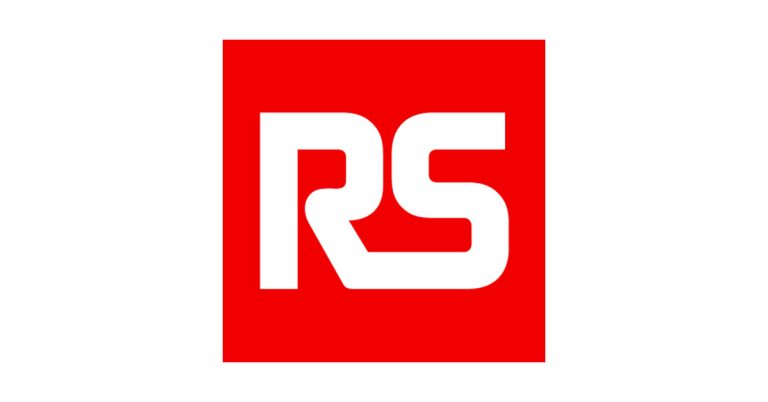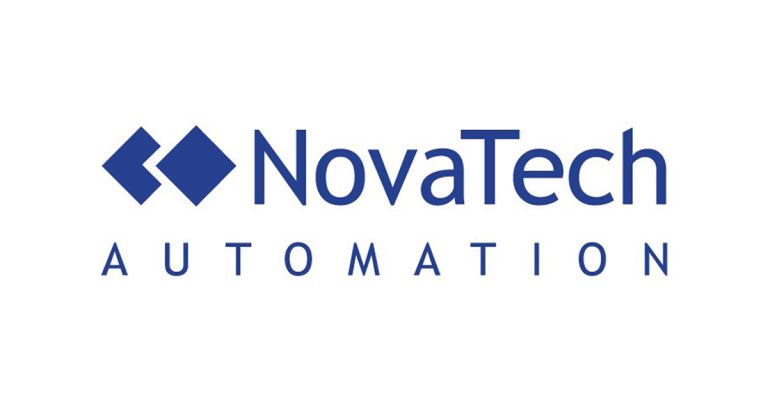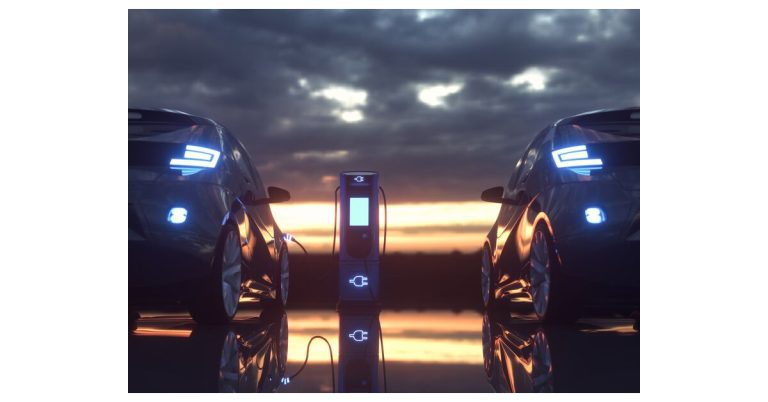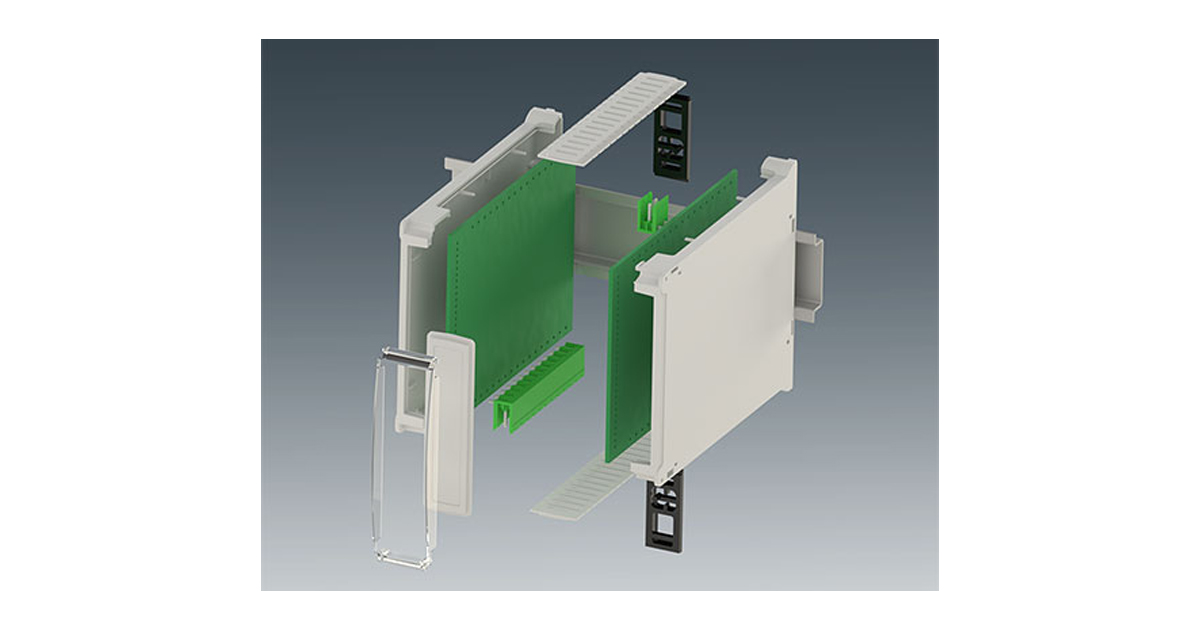Why Now is the Time to Create a More Connected Ecosystem to Increase Your Efficiency in 2024
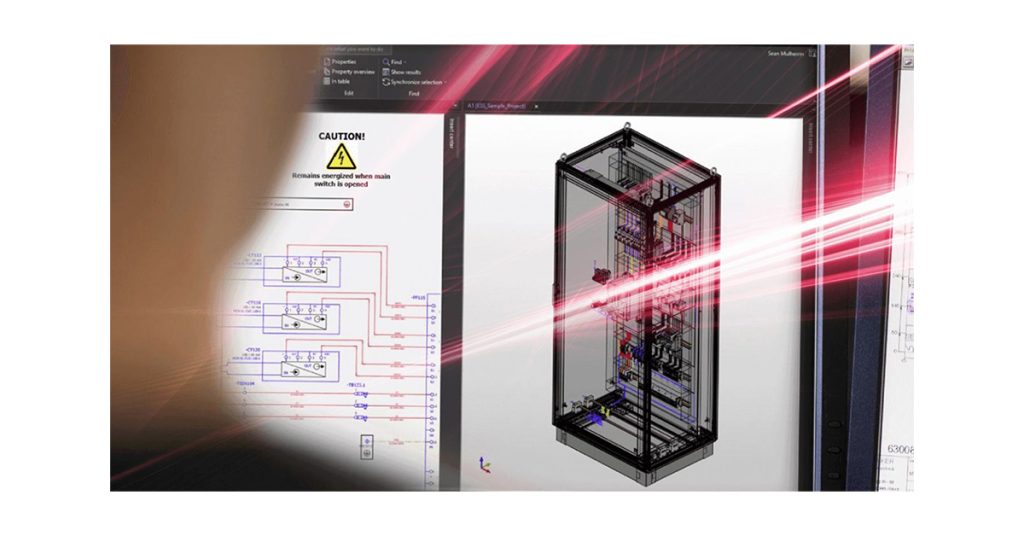
October 18, 2023
A recent article on the challenges manufacturers will face in 2024 highlighted that the continued shortage of skilled labor remains one of the biggest obstacles in the way of productivity and growth.
What’s more, consumer demand for new, innovative products — electric vehicles in the automotive space, or plant-based foods in the food and beverage industry — is pushing manufacturers to diversify production programs, and the more specialized skills required to facilitate these variable production programs only exacerbates the current labor shortage.
This is why manufacturers across industries are seizing this moment to bring more advanced automation to their plants to help unlock greater levels of efficiency and productivity in 2024 and beyond. And advanced automation requires increased efficiency from both control engineers and panel builders in their industrial enclosure design, assembly, and modification processes. Let’s look at a couple of reasons why now is the time to create a more connected ecosystem, and how Rittal’s automation solutions can help you accelerate this process.
A connected ecosystem makes it faster and easier to configure custom industrial enclosures
A more connected ecosystem means using digitalization and smart technology that leverage Industry 4.0 and Industrial Internet of Things (IIoT) principles to create a more transparent, visible enclosure design and configuration process. This more unified approach allows for real-time schematic changes that enable downstream alterations to enclosure configuration with costly errors or downtime.
Plus, this data-driven approach to industrial enclosure design and configuration helps uncover inefficiencies at each phase of the design process, and the digitalized nature of these workflows means manual tasks can be completed in a fraction of the time to help overcome labor shortages and boost productivity.
This accelerated design and configuration process also helps manufacturers increase their speed-to-market, which is key for companies in the material handling and food and beverage space as they weigh the pros and cons of retrofitting existing facilities for warehouse automation or building new plants to help keep pace with demand.
Industrial enclosures like the Rittal TS 8 modular enclosure and the new VX SE Floormount enclosure system are designed for seamless integration with a smart design platform like Eplan’s suite of CAE (computer-aided engineering) software.
Not only can the combination of Eplan’s design platform and Rittal’s enclosure configuration flexibility offer the ability to respond to change orders in real-time, but 3D modeling capabilities reduce production line errors and help adapt to potential variables in production or customization.
For example, Rittal’s VX SE Floormount enclosure system is available in seven standard sizes and can be configured with or without legs depending on your application. Paired with a digital design platform like Eplan, the VX SE Floormount enclosure system can be quickly and accurately customized to suit a variety of manufacturing needs.
But this speed and flexibility is not just limited to designing industrial enclosures. Rittal’s industrial enclosure accessories and busbar power systems can also be integrated with a CAE platform like Eplan to decrease configuration and deployment times. This is key for the automotive industry as the race is on to build a national network of electric vehicle charging stations, and also for the energy and power sector as companies need to move quickly to satisfy consumer demand for smarter, more efficient power grids.
Connecting your ecosystem can streamline panel wiring processes
Panel wiring is one of the more complex components of the modification sequence, and manual wire processing is without doubt one of the most time-consuming aspects of control engineering. This is due in large part to the sheer volume of wire processing tasks necessary for panel building.
A connected ecosystem automates panel wiring and digitalizes the planning stages to help panel builders streamline their panel processing tasks — and process more panels faster to help meet customer demand. What’s more, this digitalization can significantly reduce the number of manual tasks associated with wiring and modification, and it also helps you execute more sophisticated modifications with a greater degree of precision.
The Rittal Automation Systems (RAS) suite of panel processing and wiring machines can help you increase the speed, precision, and complexity of your pre-production work, including tasks like wire cutting, crimping, and stripping. Additionally, Rittal’s Wire Terminal WT solution can produce up to 36 different wires with cross-sections ranging from 0.5 mm² to 6 mm² without any manual intervention.
Rittal’s fully automated Wire Terminal WT C enables wires to be processed from bulk with individual wire printing and then readied for assembly. The WT C offers flexible configuration, a quick change system for wires, process reliability, three wire output methods, and a digitally supported process. Additionally, the WT C is adaptable and offers an expandable modular system structure to meet future requirements.
In addition, Eplan’s Smart Wiring platform allows you to leverage 3D modeling, interactive schematics, and real-time engineering data to increase the efficiency, productivity, and precision of your panel wiring processes. Plus, the data generated in Eplan’s Smart Wiring platform is easily shareable to help panel builders or systems integrators reduce costly errors and optimize their production schedules.
Bonus: Moving toward a more connected ecosystem now can help you save money in 2024
Making the move to a more connected ecosystem can also help you take advantage of limited-time tax incentives for purchasing Rittal automation solutions before the end of the year. For example, purchasing one of Rittal’s in-stock and ready-to-ship modification machines before the end of 2023 will allow you to qualify for end-of-year tax incentives like Section 179. This federal tax incentive allows manufacturers to deduct the full purchase price of qualifying equipment and/or software purchased or financed during the tax year.


